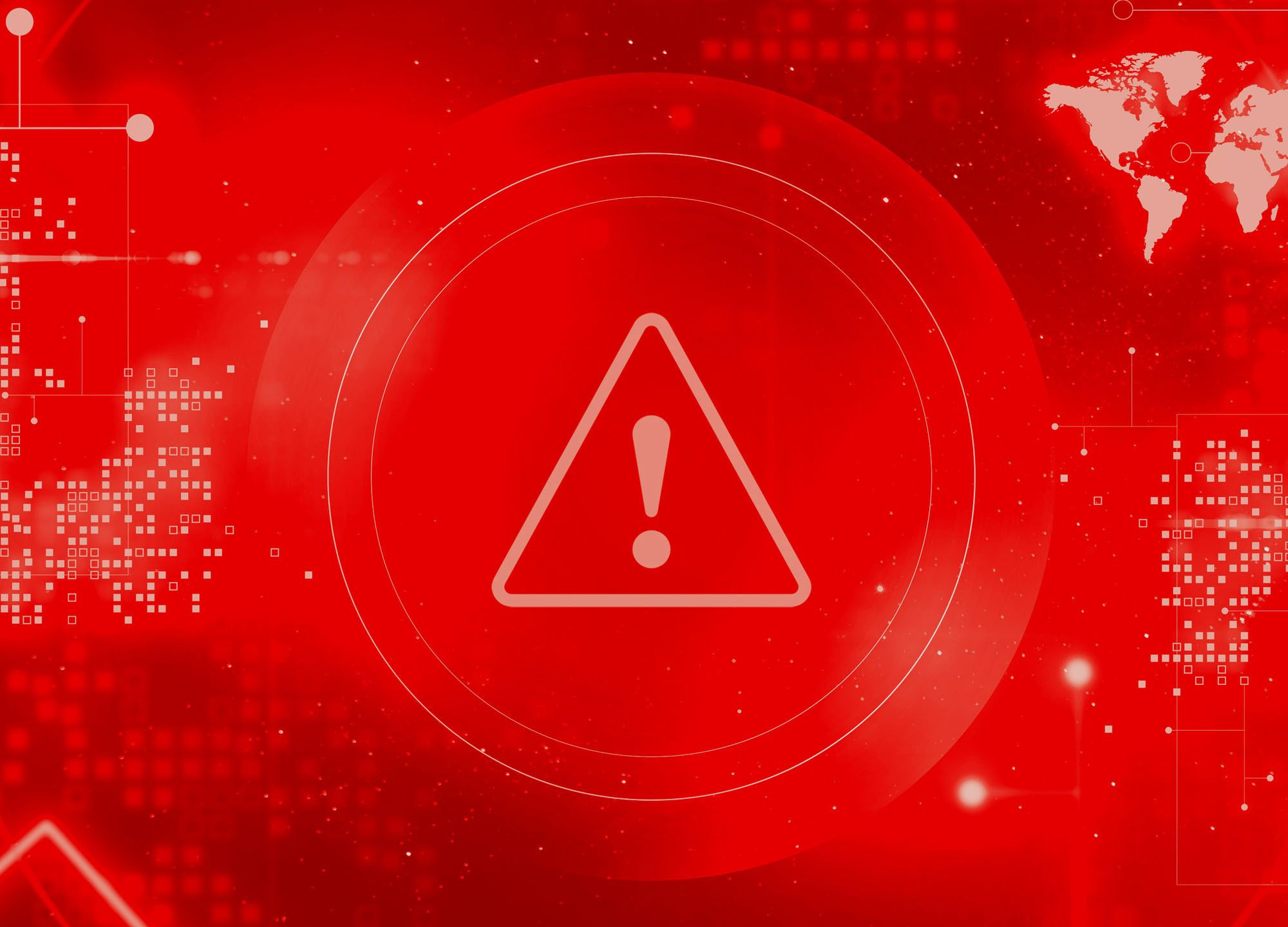Stay safe online
Keeping You Safe Online
Top 10 internet safety tips
The Internet can be a very unsafe place, there are many possibilities for being targeted with content which can lead to a cyber attack. Hackers are constantly working on new ways to steal data from unsuspecting victims.
With a little bit of preparation and a few simple tools, you’ll be able to keep yourself safe online.
As it’s
UK Safer Internet Day next month, February 6th 2024 we thought we’d gather a few tips that you might find useful to help keep you safe while you’re using the internet.
1. Create better passwords
The top 10 worst passwords of last year included ‘123456’, password, and 111111
Setting a strong password is one of the simplest and most effective things you can do to reduce the chance of a brute-force password hack (an attack in which criminals use automated tools to systematically check all possible username and password combinations). The more secure the password, the more difficult it is for hackers to infect your system with malware and/or steal your personal data and financial information.
Given the sheer number of accounts and passwords the average person has, it’s tempting to default to simple passwords to take out the hassle of remembering them. Using a password manager can help you create more complex passwords and store them safely without requiring you to remember them.
Here are a few guidelines to help you create a bulletproof password
- Length: Your passwords should be at least 12 characters in length.
- Complexity: Include a combination of numbers, special characters, and upper and lower case characters.
- Randomise: Do not use words that are in the dictionary.
- Unique: Do not use the same password across different websites.
2. Keep software up to date
50% of people take more than 45 days to install software security updates.
Software security is an ongoing battle. As vulnerabilities arise and security flaws are exploited, developers deploy patches to update their software and provide users with better protection. Delaying these updates leaves your device more susceptible to an attack.
With this in mind, you must keep your operating system, web browser, antivirus program and other software up to date to reduce the risk of a security breach.
3. Use reputable antivirus software
More than 600 million malware programs are targeting Windows users.
Antivirus software also plays a key role in helping you stay safe on the internet. A strong, reputable IT security solution can prevent malicious software from getting onto your machine and clean up any issues that may get past your system’s defences.
4. Email with caution
30% of phishing emails are opened.
One of the most common ways malware is distributed is through emails. Hackers create emails to create a sense of urgency, the email will include a link to click or an attachment to open, when clicked or opened they trigger malware downloads or take you to websites that try to steal your information.
The key takeaway here is to be cautious when checking your emails. Be suspicious of any unsolicited offers, double-check URLs and file extensions before clicking on anything and be wary when entering information on new sites. Remember, if the offer sounds too good to be true, it probably is!
5. Don’t forget about your mobile device
We saw a 350% increase in ransomware attacks in 2018
Given that 50% of the world’s population now uses a smartphone, it should come as no surprise that hackers are increasingly turning their attention to mobile devices. Android devices are by far the most vulnerable; malware for iOS, Windows Mobile and other operating systems has proven to be much less profitable. If you’re an Android user, you can protect yourself online by using the same secure browsing habits you would on your computer
6. Use two-factor authentication
8
0% of data breaches could be eliminated with 2FA. Take your e-safety to the next level by opting in for two-factor authentication (2FA) wherever possible.
What is 2FA?
Well, many important websites that contain vital financial or personal information (for example, Gmail, Amazon, PayPal and banking websites), provide an extra layer of security by requiring you to confirm your identity before you’re able to log in. Some sites will text you a verification code, while others may give you an authenticator device that is used in conjunction with your usual login details. This might sound like an unnecessary hassle, but 2FA is a very effective way of preventing fraudulent logins.
While text messages are a common method of 2FA, SMS has proven to be vulnerable to deception and we highly recommend seeking an alternative wherever possible. There are many examples of hackers using social engineering to coerce phone companies into sending out a new SIM card and redirecting the victim’s login code to the new number.
7. Be wary of public Wi-Fi
1 in 4 Wi-Fi hotspots do not use any encryption.
Public Wi-Fi is a fantastic way to stay connected when you’re out and about, but it also poses significant security risks. For example, man-in-the-middle attacks (a situation in which criminals intercept information being sent between your computer and a website) are incredibly common on public Wi-Fi and can give hackers access to your emails, private documents and passwords.
When using public Wi-Fi, assume someone is watching. Only transmit data that you wouldn’t mind being stolen and never enter login details or banking information when connected to public Wi-Fi. If you do need to use public Wi-Fi to send important information, use a Virtual Private Network (VPN) to create a more secure connection.
8. Browse using an encrypted connection
More than 50% of the web is now encrypted
Whether you’re checking your social media feed or transferring money, always ensure that you’re using an encrypted connection when sending sensitive data. The simplest way to achieve this is to look at your address bar and ensure the website’s address starts with “https” (HyperText Transfer Protocol Secure) rather than the regular old “http” (HyperText Transfer Protocol). The ‘s’, which may also be denoted with a padlock in most browsers, indicates a secure connection, making it more difficult for thieves to steal your data. Never enter personal information into an HTTP website.
9. Use an adblocker
12.2 million people, approximately 22% of internet users will use an ad blocker in the UK
A good adblocker can enhance your online experience by making pages load faster and removing annoying ads from your online life. It can also make your web browsing safer and more private by removing the risk of malvertising (malicious software spread via advertising) and preventing ad servers from keeping tabs on your browsing habits.
10. Customise privacy settings
The default settings of many websites (particularly social media platforms) tend to be somewhat open, leaving your personal life more exposed than you might like. You can avoid this by being aware of your privacy settings and editing them to suit your needs and reduce the risk of a data breach by only entering essential information that the service requires to function.
Conclusion
Internet security risks are to be respected, not feared. By following the safety tips outlined in this article, you’ll be prepared to protect yourself against cybercriminals who may be waiting online to try and steal your data.
How can we help?
New cyber threats are being created all the time, the best way to protect yourself against them is to understand where the potential problems could arise. We have a team of cyber security experts who know what cyber threats exist and how we can protect you from them. To prevent you from being the next victim,
contact us today. For more information, or to get a quote, contact us at 01482 210999 or
info@GenesisIT.co.uk




